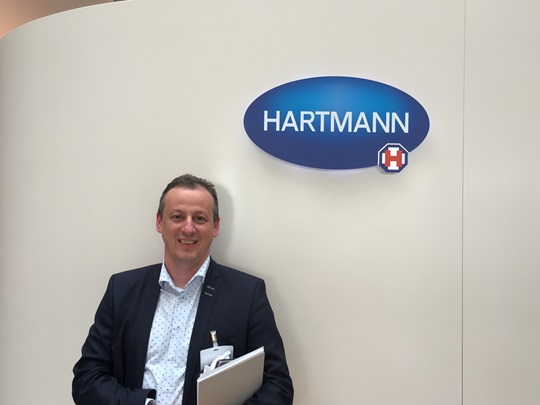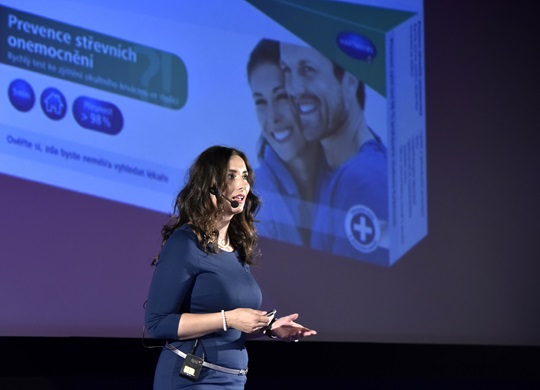Online searches for symptoms often provide more confusion than clarity. In contrast, self-tests can make sure people get the right information about their state of health.
As Holger Prange, Head of the Personal Healthcare division, states: “most people make health an absolute priority and manage it in a way that fits their lifestyle” – not only to prevent illness but to also enhance their quality of life. Very often, this also includes people wanting their health questions answered right away when they’re at home.
A typical approach: searching on Google. In Europe, about 60 percent of the population uses the internet to search for health-related information3, and about two-thirds of the time they get the wrong diagnosis4. Additionally, 25 percent of European consumers state that they wish more convenient and easy-to-use health products were available on the market5. So we ran the “Google test”: we searched for a common symptom – “constant fatigue”. 0.57 seconds later, we got 487,000 search results. But how do we get a clear answer from nearly 500,000 search results?

“There is a gap between accessible health information and the correct answers – especially when you need them fast”, says Marie Mosova, Marketing Manager at HARTMANN-RICO in the Czech Republic. Marie was responsible for the product launch of Veroval® SELF-TESTS in 2016. With the home tests, consumers can check their health condition in terms of prevention, intolerances, allergies and family planning – and they get their results within minutes. “During the test phase in 2015, we already recognized a sustainable interest from consumers towards the self-test range. Especially as they provide a high accuracy rating proven in everyday medical use”.
About 1,000 kilometres west of Veverská Bítýška, HARTMANN´s headquarters in the Czech Republic, we met up with Stefan Brosens in Saintes, Belgium. “I tried all tests by myself. My only health issue is high cholesterol, and I’m now on medication for it. But the first hint of this came from the cholesterol self-test”, the HARTMANN Business Unit Manager says. Like Marie, he helped with the market launch of the self-tests in Belgium in 2017. “In the Flemish as well as French parts of the country we had a high demand for the intestinal prevention test, which helps to locate blood in the stool. This provides a clear indication as to whether if preventive measures by a doctor need to be taken”.


In the Czech Republic, the test for celiac disease was well received by consumers. “Gluten-free diets are a hot topic over here. Many people hear about it and think it might be healthy to eat completely gluten-free”, says Marie. However, this is often an unnecessary nutritional sacrifice that can also have detrimental effects on the body, as gluten-free food quite often contains fewer vitamins and dietary fibres. “With the test we can help to end some myths. So if you are not sure if you are gluten-intolerant, just test yourself”. If a test is positive or a consumer is not sure about the result, they should go to their doctor. “We will never stand between patient and doctor. The physician provides the final diagnosis”, Marie says. The range of self-test products strives to be a link between growing patient needs and proper care by healthcare professionals – for the good of both sides.
1UNO “World population projected to reach 9.8 billion in 2050”, Report
2Deloitte, The European Fitness Market at a Glance 2017, Report
3TNS Political & Social (2015, November). Flash Eurobarometer 404: European Citizens’ Digital health Literacy. European Commission. Retrieved from report
4Whitehead, N. (2015, July 9). Online Symptom Checkers Can't Replace The Real-Life Doc Just Yet. NPR. Retrieved from report
5Nielsen. (2015, June). Looking to achieving new product successes? Listen to you consumers. The Nielsen Company. Retrieved from report
